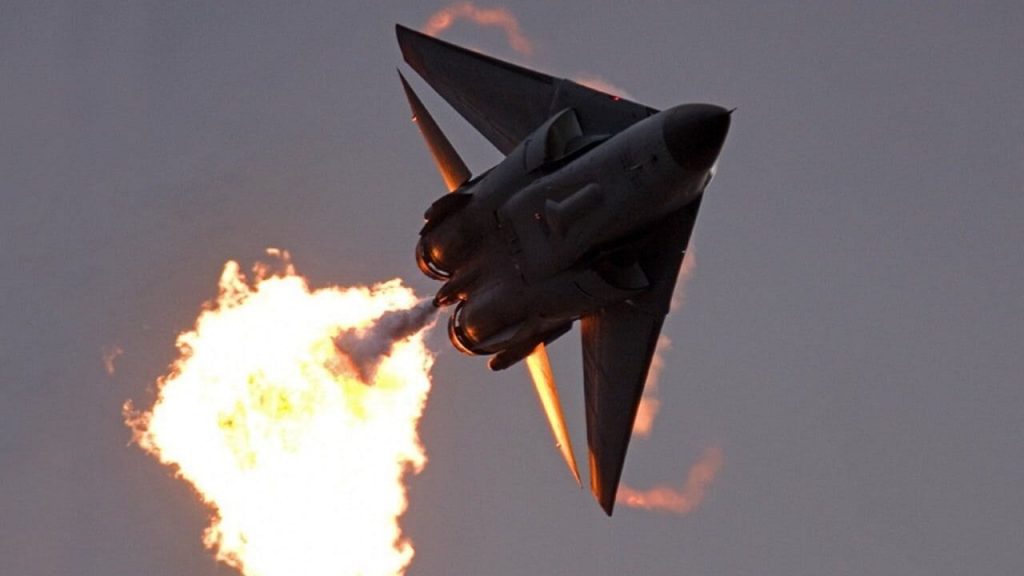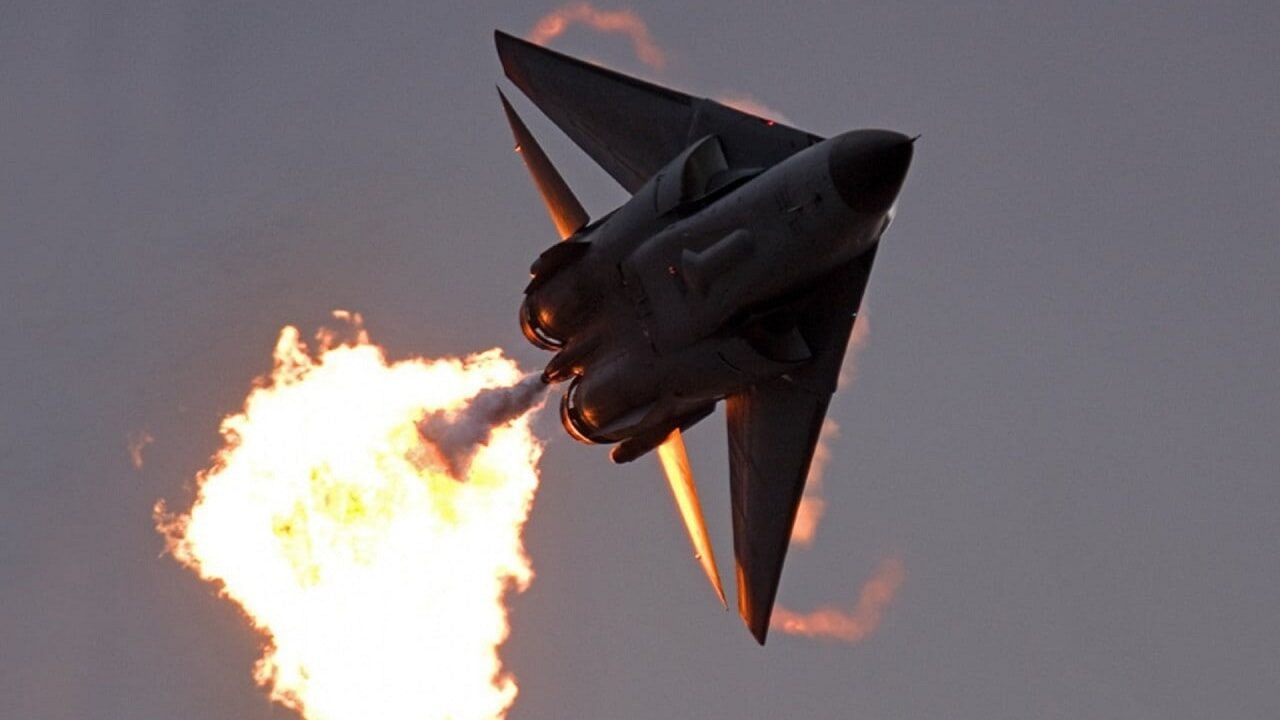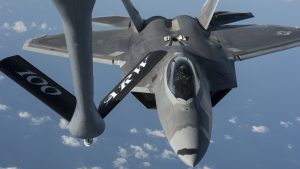The optics of burying the F-111 did not sit well with Australian airplane enthusiasts as it seemed like the burial was disrespectful.

Why Bury the F-111? If I told you a country “buried” a fighter, you probably would take that figuratively and assume that meant the airplane was retired from duty. But this is a literal case of burying – as in “dig a hole and throw dirt” on out-of-service warplanes.
This happened in Australia, and it begs for more details on how these airplanes ended up in a graveyard under tons of soil.
The tale centers around the General Dynamics F-111C fighter-bomber – a variant of the A (the C version had longer wings). Some called it the Aardvark but the Aussies and Americans nicknamed it the “Pig” due to its long nose or “snout.” The F-111C could fly low on knap-of-the-earth flights to stay off of enemy radar screens, drop its 8,000 pounds of bombs 1,500 miles away, and hightail it back to base at supersonic speeds without refueling.
Australia’s military received 24 F-111As in 1963. These were one of the world’s most modern airplanes at the time. Technical issues held up the process of getting them fully integrated into the air force until 1973. And most worryingly the cost of the purchase kept going up. “From the initial estimate of $100 million in 1963, the costs were $142 – $205 million in 1966; $237 million in 1967; $266 million in 1968; and $300 million in 1969. By the end of 1969, $210 million had already been paid by the Australian Government,” according to F111.net.
Then the accidents started happening. In 1969, the Wing Carry Through Box – the structural center of the wing – cracked in simulated flight in Australia. An F-111A crashed and was destroyed that year. Then an entire wing came off an Aardvark/Pig in the air. Flights were grounded for months. Meanwhile, the Pentagon was canceling orders of the F-111. By 1973, all were canceled in the United States after 31 had crashed and eight were shot down over Vietnam.
Later, in 1979 and 1980, the Australians converted four F-111s to reconnaissance models. By 1993, the Aussies were still flying a later variant of the F-111 – the “G” version. This ended in 2007 and the airplane was finally retired in 2010. Thirteen F-111s were sent to museums and 23 were buried in a landfill outside of Ipswich, Queensland in 2011. You can watch the burial video here.
This was one of the strangest ways to dispose of an aircraft. The fuselage went to the grave, but the wings, stabilizers, and tail were salvaged for scrap. The Aviation Geek Club shared comments from Gregg Gray – a U. S. Air Force veteran, for more details.
“The fuselages were constructed out of bonded panels, and that bonding used asbestos, this is why it was deemed prudent to bury them. Trying to recover the materials was not cost-effective, and it was full of hazards requiring a very comprehensive facility and PPE to even attempt. So, it was decided to bury them to take away the possibility of exposure to asbestos,” he explained.
The optics of burying the fuselages did not sit well with Australian airplane enthusiasts as it seemed like the burial was disrespecting a historic airplane – despite the fighter-bomber’s faults. What about the F-111s at museums, do they have asbestos too?
The United States had a different fate in store for retired aircraft. The Davis-Monthan Air Force Boneyard in Tucson is the resting home for retired airplanes. It’s the biggest such facility in the world. It makes parts available and allows old fighters to become targets for tests and rehearsals of missiles and drones. It makes you wonder if any of the airplanes at the “Boneyard” have asbestos.
But the Americans likely have no plans to bury any aircraft at the Boneyard. The Australians could be the first country to dispose of airplane fuselages in a grave, and possibly the last.





